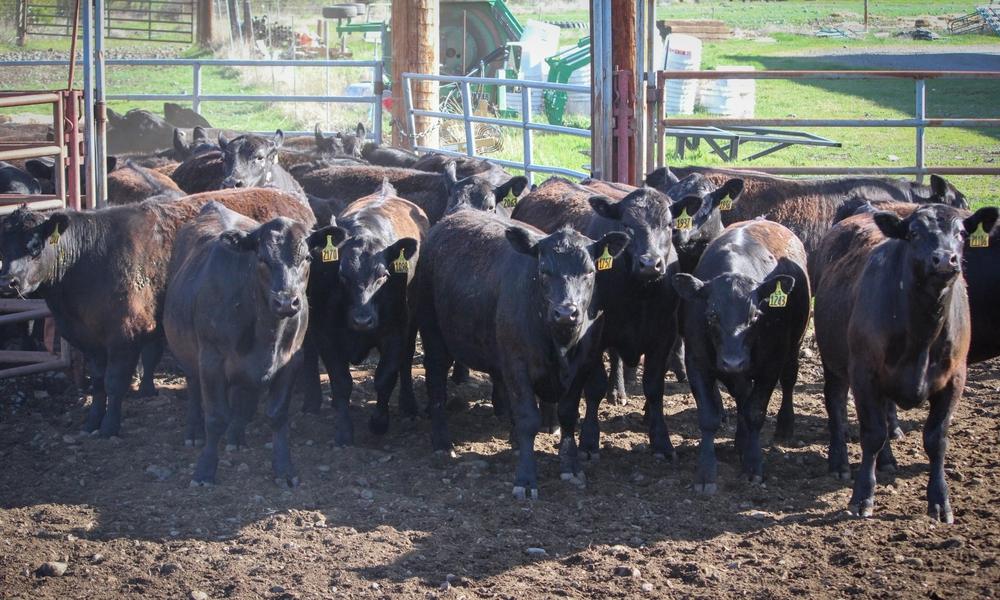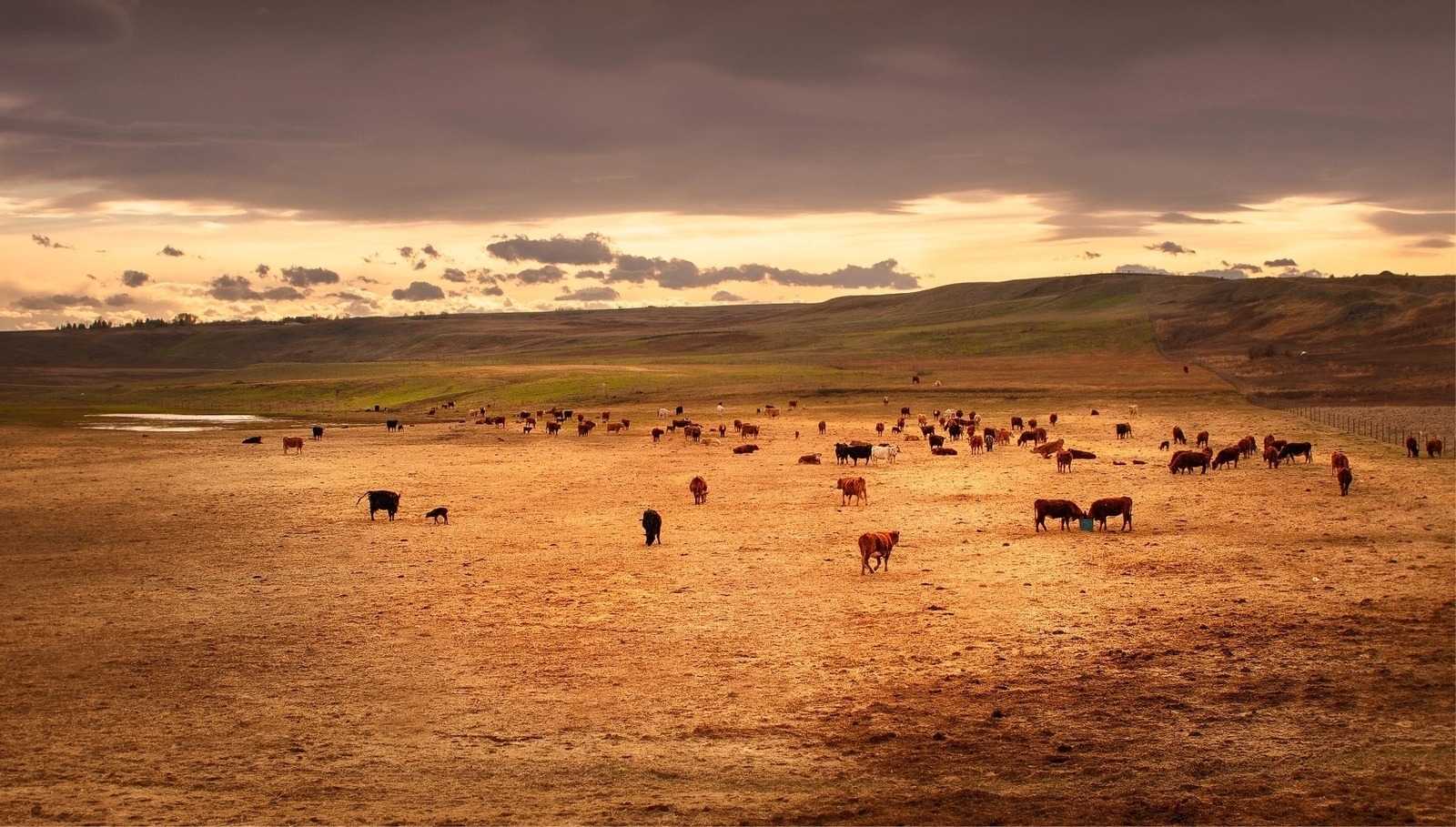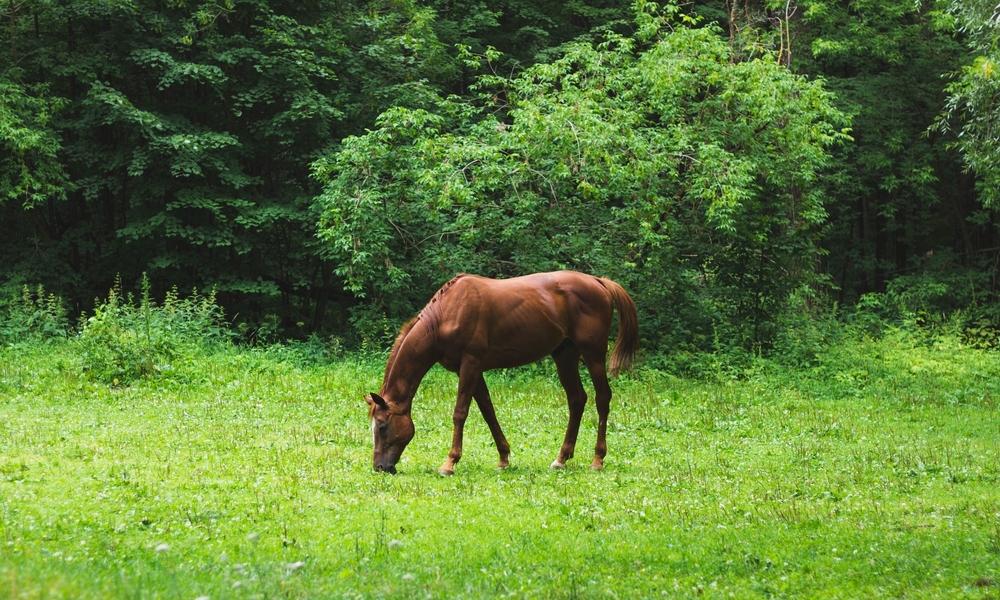OCT 1, 2025
Winter Horse Care: Feeding, Blanketing & Working Smart
Winter Horse Care: Feeding, Blanketing & Working Smart
As winter settles in and temperatures drop, caring for your horse properly becomes more critical than ever. The cold months bring special challenges—maintaining body condition, preventing chill, and ensuring safe work routines. Drawing on best practices from experts at Purina and Nutrena, here’s a guide to help you keep your equine partners happy, healthy, and comfortable all season long.
1. Nutrition: Fuel for Heat & Health
a) Increase Energy Needs
Digesting forage produces internal heat, so your horse’s caloric needs will often rise in cold weather. Nutrena emphasizes that maintaining quality forage and using grain or concentrates as needed helps sustain warmth and body condition. Aim to maintain or slightly increase feed to offset extra energy loss—especially in windy, wet, or deeply cold conditions.
b) Quality Forage Remains the Foundation
Good hay (grass or grass/legume mix) should still form the bulk of the winter diet. Purina emphasizes feeding at least 1.0 to 1.2 lb hay (or equivalent) per 100 lb body weight daily. Hay not only provides
nutrients, but also stimulates gut motility and generates “internal heat” through fermentation.
c) Balanced Concentrates & Supplements
If you supplement with a concentrated feed (grain, pellets, textured feeds), check the label and follow guidelines carefully. For example, Purina’s Impact® Professional Performance feed suggests minimum feeding rates and adjustments based on work level; you generally should not feed less than 0.4 lb per 100 lb of body weight as a baseline. If weight gain becomes an issue at the minimal rate, Purina suggests switching to a ration balancer (e.g. Enrich Plus) rather than overfeeding the performance mix.
Whenever you change feeds or adjust amounts, do so over 7–10 days to avoid digestive upset. Both brands recommend not changing more than about 1 lb per day.
Cold weather can reduce water intake, but dehydration poses serious risk of impaction colic. A good rule: provide fresh, unfrozen water (ideally above ~45°F) and ensure your horse has free access to a salt block or is fed an appropriate amount of salt. Encouraging water intake can be as simple as using heated buckets, trough heaters, or adding warm water to feeds.
2. Blanketing: When, Why & HowBlanketing is a tool—useful when justified, but not always necessary. Here’s a breakdown of best practices:
a) When Should You Blanket?Nutrena’s “Ask the Expert” guidance suggests blanketing when turnout lacks shelter and temperatures (or wind chill) fall below ~5 °F
Other considerations include:
- Wet or windy weather — a soaked or wind-blown coat loses its insulating properties.
- Clipped horses — clipped or trimmed horses lose their natural insulation and often require blanketing.
- Very young, old, or underweight horses — less ability to thermoregulate means extra protection may be needed.
- Horses new to cold climates — they may not yet have developed a full winter coat.
A practical tip from equine nutrition/management consultants: “Two of the three must exist: Very Cold, Very Wet, Very Windy.” In milder or dry calm conditions, a blanket may not be necessary. Also, studies show that blanketed horses may consume slightly less forage (because they conserve calories), potentially saving hay over the season.
Measure carefully — an ill-fitting blanket causes rubs, sores, and discomfort.
Type matters — turnout blankets should be weatherproof (rain, snow), while stable blankets don’t need to be waterproof.
Blanket weight vs. coat — if your horse has a full natural winter coat, lighter blankets (or no blanket) may suffice. Heavy blankets are for clipped, thin-haired, or extreme conditions.
Inspect daily — remove the blanket daily to check for chafing, trapped moisture, shifting, or injury.
Don’t blanket a sweaty or wet horse — moisture trapped inside can chill or cause skin issues.
Blanket in layers when needed — in changeable climates, having both a mid-weight and heavy blanket allows you to adapt day-to-day.
3. Working Safely in Cold Weather
Just because it’s cold doesn’t mean horses can’t have a job—but smart handling is key.
a) Warm-Up & Cool-Down
- Lengthen warm-up to allow muscles to gradually reach optimal temperature.
- Prevent chill-downs: after work, dry your horse thoroughly (boot/brushing) before blanketing so trapped moisture doesn’t cause chills. It is important to dry sweaty areas before turning them back into cold.
- Progress intensity — avoid going straight to high-speed work in freezing temps. Start slow, build up, and allow time to cool down.
Slippery, frozen ground can be dangerous. Use safe arenas, clear snow/ice, or postpone more aggressive work when footing is hazardous.
c) Adjust work types
Consider lighter work on extremely cold, wet, or windy days. Focus on schooling, flexibility, or groundwork instead of heavy conditioning.
d) Monitor Body Condition
During winter, weigh or body-score regularly. Cold stress can cause weight loss if nutrition or blanketing is inadequate. If a horse starts dropping condition, reassess feed, shelter, and warm-up routines.
- Hoof care: maintain regular trimming and consider snowball pads or stud use if necessary.
- Parasite control: even in winter, consult your veterinarian about deworming schedules and “bot” control.
- Vaccinations and wellness: make sure your horse is up to date before the worst of winter arrives.
- Start preparing early—stock up on hay, quality feed, blankets, and supplemental salt and electrolytes.
- Keep feed and tack areas dry and well-ventilated
- Offer sheltered turnout or wind breaks even for normally blanketed horses
- Maintain a daily monitoring checklist—check blanket fit, appetite, water consumption, coat condition, and demeanor.
- Consult with us or your equine nutritionist or vet for individualized recommendations—every horse is different.
Winter doesn’t have to be a season of struggle. With good planning, balanced nutrition, thoughtful blanketing, and safe work routines, your horses can thrive all season long. Stop by Old Mill Country Store if you’d like help selecting feeds, blankets, or accessories tailored to your climate and your herd.
More Old Mill Country Store Posts


How Else Can Old Mill Help You?

